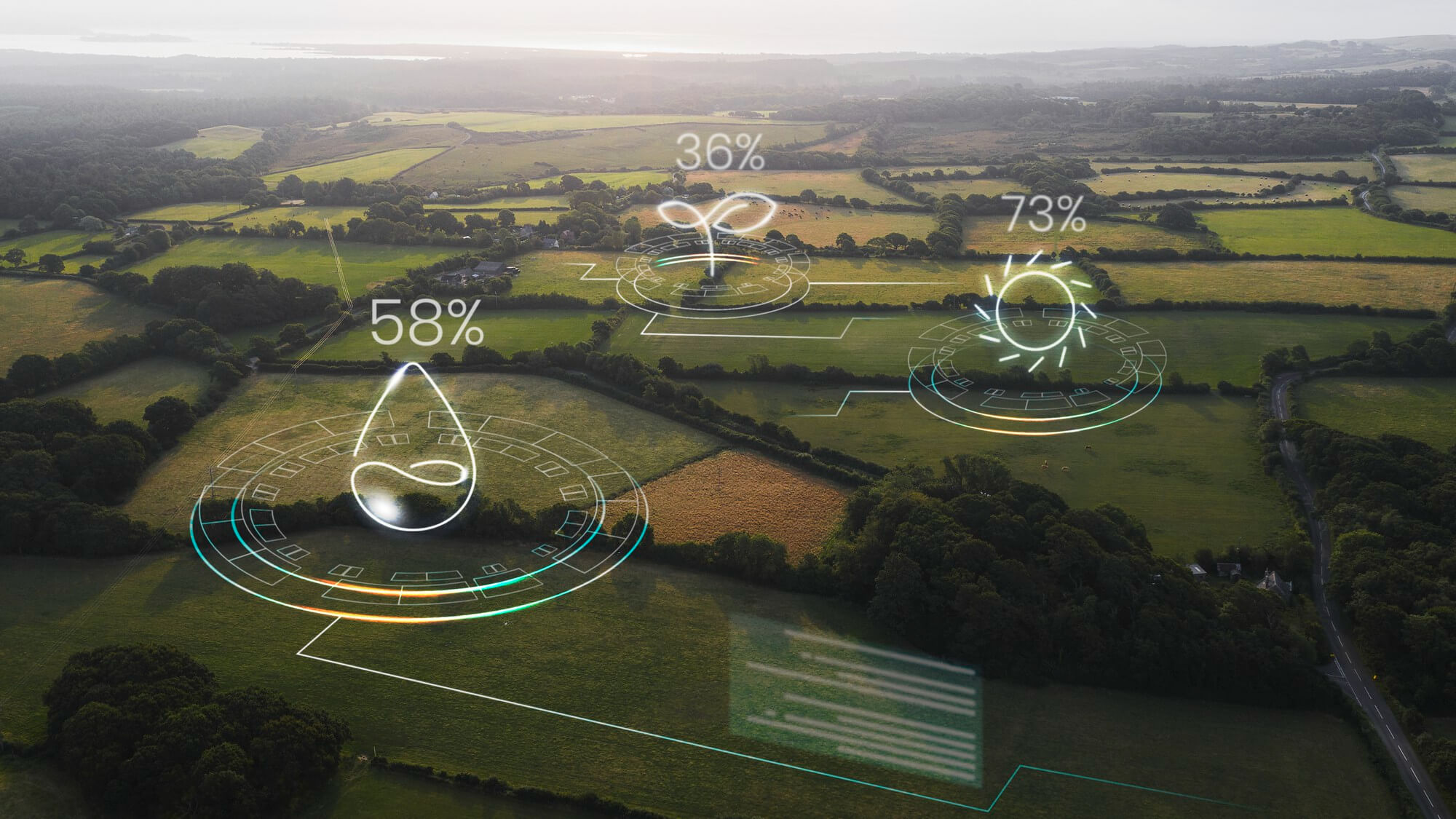When we think about mergers and acquisitions (M&A), the first things that come to mind are usually numbers and strategy. Companies buy each other to grow their market share, to diversify into new sectors, or to cut costs and create synergies. For decades, that has been the “traditional” way of seeing M&A: a deal is good if it makes sense financially.
But the world is changing, and I believe M&A cannot escape this change. Finance is no longer only about growth or profit. It’s also about responsibility, impact, and the kind of future we want to build. Today, sustainability is no longer an optional detail it is becoming central. That’s why I ask myself: can sustainable finance truly redefine how we think about global M&A?
ESG is no longer a side note
In the past, Environmental, Social, and Governance (ESG) factors were often treated as secondary. A company could have poor labor practices, questionable suppliers, or a heavy carbon footprint and still be considered a “good target” if the numbers looked right. Sustainability appeared at the end of presentations, almost as decoration, and not as part of the real decision.
But today, the world is different. Investors are asking more questions. Consumers are making different choices. Regulators are pushing companies to disclose their climate risks, their carbon emissions, and their governance structures. In short: ESG is no longer a “box to tick” it is becoming part of the DNA of financial decision-making.
For M&A, this is a revolution. You can no longer just look at a company’s profits and synergies. You also have to ask: does this company align with our ESG strategy? If the answer is no, the deal might destroy more value than it creates.
For example, imagine a global consumer brand acquiring a supplier linked to deforestation. Ten years ago, maybe no one would have noticed. Today, the damage on reputation would be instant and global. One wrong acquisition could cancel years of sustainability commitments.
In my view, ESG is becoming like a new filter in M&A. Before, the filter was purely financial. Now, companies need to check if a target fits into their sustainability journey. If not, the risks are simply too high.
The risks of ignoring sustainability
Ignoring ESG in M&A is, for me, like ignoring hidden debt. The risks don’t always appear immediately, but they can explode later.
- Reputation risk: We live in a digital age. News spreads fast, and people care about what companies stand for. If a big acquisition contradicts a company’s green promises, it can trigger a backlash from investors, NGOs, and even customers. We’ve already seen brands facing boycotts for supply chain scandals.
- Regulatory risk: With new disclosure rules in Europe and the U.S., a company that buys a target with poor ESG performance could suddenly face heavy reporting obligations, fines, or stricter oversight. Regulations are only going to get tougher.
- Financial risk: Some assets may look profitable today but could lose their value tomorrow. Think about coal power plants or oil exploration projects. With climate policies and carbon taxes, these assets can quickly become “stranded”—meaning they’re no longer profitable or sellable.
To me, these risks show that M&A without ESG is incomplete. You may think you are buying growth, but you could actually be buying long-term problems.
The opportunity: M&A as a sustainability accelerator
But here’s the other side of the story: I believe M&A can also be a tool to accelerate the transition. Instead of slowing companies down, deals can help them move faster towards a sustainable future.
- Energy transition: Large utilities in Europe are acquiring renewable startups. Instead of waiting 10 years to develop their own projects, they can shift their energy mix almost overnight. This is not just good for the planet it also reassures investors and reduces borrowing costs.
- Supply chain transformation: Fashion and food companies are under constant pressure for their supply chains. By acquiring sustainable suppliers like fair-trade farms or recycled material producers they can clean up their chain while also securing quality resources for the long term.
- Innovation leap: Banks and asset managers are acquiring fintechs focused on climate finance, ESG analytics, or carbon tracking. These deals help them stay ahead of regulation and give clients the tools they now expect.
This is why I see M&A not only as a risk but also as an opportunity. When done right, acquisitions can create value not just for shareholders, but also for society and the environment.
A new way of valuing companies
One of the biggest changes, in my opinion, is how companies will be valued in the future. Traditionally, valuation is about numbers revenue, profit, multiples. But I think this is no longer enough.
Take two companies with the same financials. One has invested in renewable energy, sustainable suppliers, and strong governance. The other depends on coal, cheap labor, and opaque practices. In the old world, they might have the same price tag. In the new world, they should not.
The first company is more resilient. It has lower long-term risks. It is also more attractive to investors who care about ESG. This is why I believe sustainable finance is pushing us towards ESG-adjusted valuation models. Companies that score high on sustainability should deserve a premium, while those that ignore it should face a discount.
In fact, we already see this trend. Asset managers are applying higher risk premiums to companies with poor ESG performance. The message is clear: ESG is no longer outside of value creation it is part of it.
The challenges ahead
Of course, it would be too easy to say everything is solved. There are still big challenges:
- Data inconsistency: ESG ratings are not always reliable. The same company can have an “A” from one agency and a “C” from another. This makes it difficult for acquirers to make informed decisions.
- Short-term mindset: Many executives still focus on quarterly results. They hesitate to pay a premium for sustainability because the benefits often appear years later.
- Greenwashing: Some companies exaggerate their ESG performance to look attractive in deals. Without strong due diligence, acquirers can be fooled.
These issues are real. But I believe they are not reasons to stop. They are reasons to improve. We need better standards, better tools, and more transparency.
A glimpse of the future
In Europe, I’ve seen examples of mid-sized energy companies acquiring renewable startups. These deals were not just about diversification they were about survival. By adding clean energy to their portfolio, they not only reduced carbon exposure but also gained access to cheaper green financing and new investors.
To me, this is a glimpse of the future. M&A deals where sustainability is at the center will be rewarded by markets, regulators, and society. Those that ignore it will be punished.
My conclusion
So, can sustainable finance redefine global M&A? I believe the answer is yes. But it depends on the courage of leaders.
If companies continue to treat ESG as a checkbox, then M&A will stay the same. But if they see sustainability as a source of long-term value, then deals will look different. They will not just be about profit they will also be about impact.
In my view, the real winners of the next decade will be the firms that make bold moves, using M&A not only to grow, but also to transform. Because finance is not only about today’s numbers it’s about the kind of world we want tomorrow.



